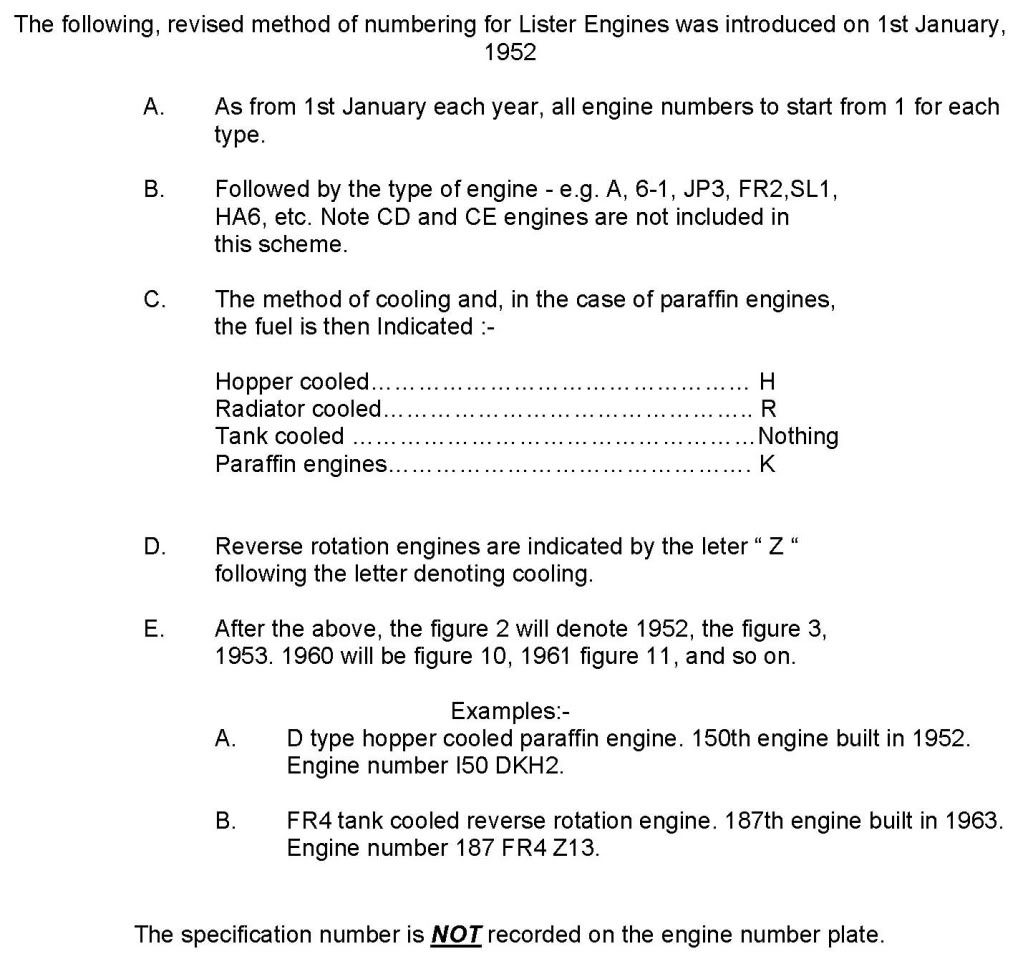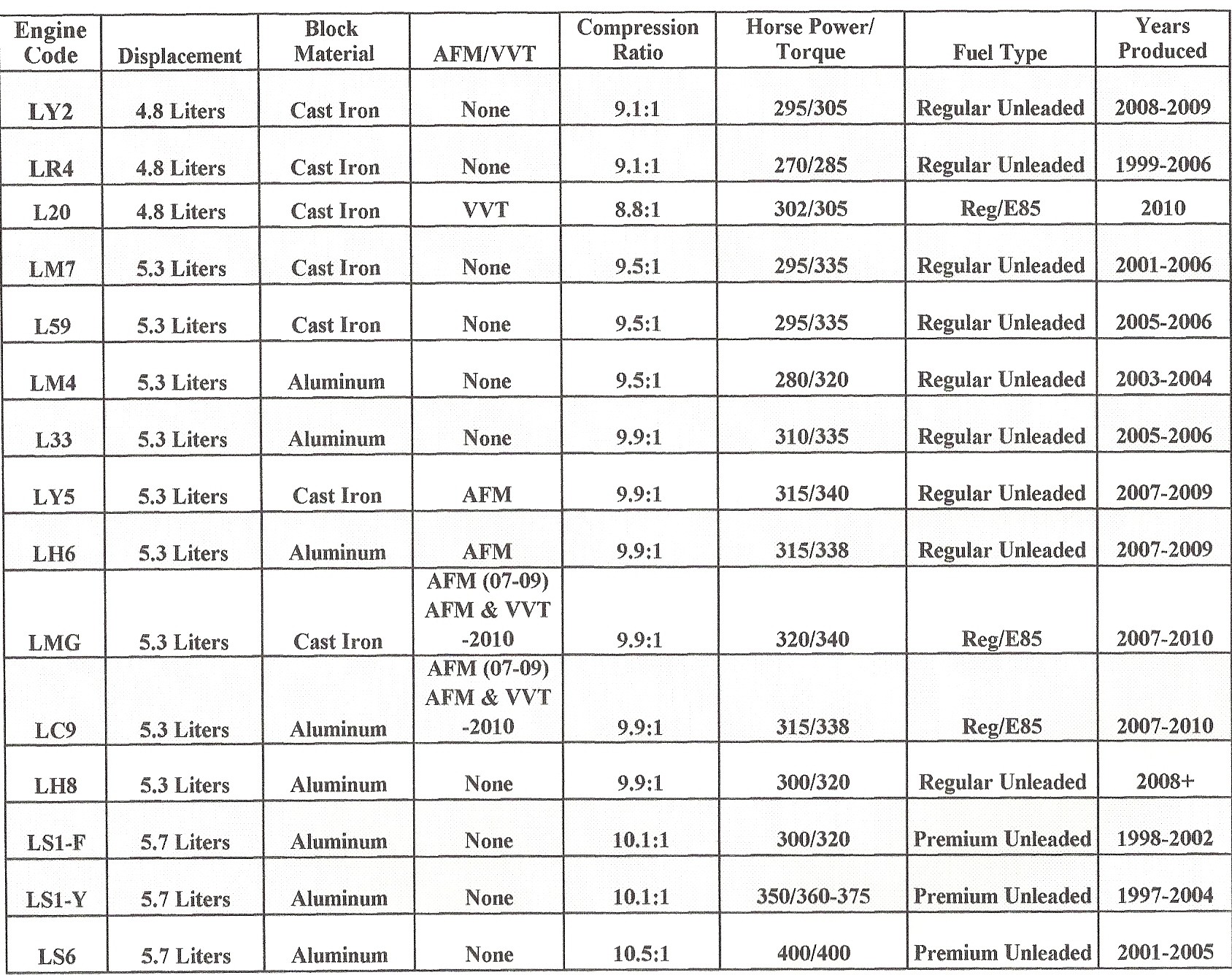Lister Engine Serial Numbers
Lister Petter: Air cooled Marine: Classic Engines Spares: 3 - 19-Feb-00: View: Reply: Classic Engines Spares: 08-Jan-00: Tony Can you get the engine number. That will confirm the model and I may well have the info you seek. Lister Petter Engine ID Serial Numbers and Dating The links below demonstrate the engine serial number patterns used by Lister and Lister-Petter from 1930 to 2000. It is important to remember however that in some cases, engine serial numbers were stamped incorrectly or failed to follow the specified pattern.
Lister Petter Diesel Engine Identification Lister Petter Diesel Engines Identification Images shown below are by no means a definitive guide as to the identification of Listerdiesel engines, but show general ranges in certain specifications. Almost all Lister and Lister-Petterengines were produced in numerous guises and specifications, with differing engine rotations, power take offs and ancillaries, all of which can lead to different appearances of the same engine model. It must also be remembered that many Lister and Lister-Petter diesel engines look very similar but only for a few small distinguishing external features, so the images below should be taken as no more than a rough guide.Only some models are illustrated.
Identifying Lister Diesels An article from the Stationary Engine Newsgroup July 1998 This one is for Dene Oehme in Australia, who asked if I could put together a bit on identifying Lister diesel engines for his new web pages (which are a very good effort) There have been quite a few newcomers to the NG who have asked me if I could explain how to differentiate between various models of the Lister Diesel engines. I have not had that problem myself, as I tended to get right in amongst them from day one, and also spent a lot of time going through handbooks and manuals that I picked up at autojumbles etc. For the complete beginner, references to CS, CD,CE, JP, 61/6, etc etc are all a bit confusing at first, but if taken in historical order there is some logic behind the designations.
JP, JS and JK Engines. The first diesel was the 9/1 (nine horsepower, one cylinder) 1000 rpm engine, which also became known as the JP. The JP came from the Joint Product agreement between Lister and Ruston & Hornsby, whereby they apparently agreed to keep to their own engine size ranges and not compete against each other. This left Listers with engines below 100HP, while R&H handled sizes above that.
The block was integral with the crankcase on all models, and wet liners were used. The one feature that characterised the JP, CS, CD/CE and FR engines was the compression change-over valve. This device made starting from cold without an external heat source a much more reliable process, and earned Lister a big market both in the UK and overseas. The valve operates by putting a small ante-chamber in the head in communication with the main combustion chamber or not. When the chamber was in communication, the compression ratio was lowered, and this was the running configuration. When the chamber was taken out of communication, the compression ration was raised, and this was the starting configuration. For operation at very high altitudes, the change-over valve could be left in the starting position.


Lubrication was by wet or dry sump gear pressure pump. The JP was never called a JP until later on in it's life, and the single was always called the 9/1, not a JP1. Later versions in two, three, four and six cylinders were variously called the 18/2 (later 21/2) JP2, 30-3 (JP3), 40-4 (JP4) and 61-6 (JP6) The JS was a short-lived variant of the JP, and I understand was only made in a three-cylinder version, the JS3. Problems with centre bearings caused a lot of trouble for Lister. The JK was the final variant, with no compression change-over valve, pressure lubricated valve gear, higher speed range up to 1500 RPM and copper-lead bearings.
Shablon dlya break s gos nomerom. Door: PhalseFire|, 09:51:34 comment5, dnevnik_bridzhit_dzhons_3_kniga_chitat, hgumrt, http://dropr.com. Write something about yourself. No need to be fancy, just an overview. No Archives Categories.